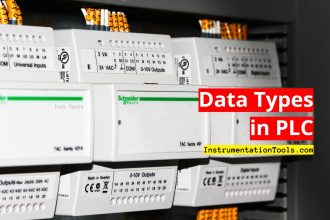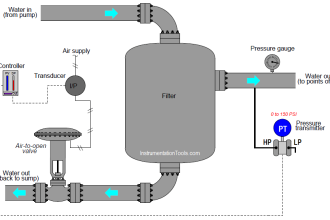Auger Electron Spectroscopy
1. The characterisation of auger spectroscopy can be achieved up to which of the following depths?
a) 1 nm
b) 2 nm
c) 4 nm
d) 8 nm
Answer: a
Explanation: The characterisation of auger spectroscopy can be achieved up to a depth of 1nm. Best instruments can characterise few nm.
2. Auger electron spectroscopy can be used for surface chemical analysis in a way similar to which of the following?
a) ESCA
b) SIMS
c) ISS
d) Ion spectroscopy
Answer: a
Explanation: Auger electron spectroscopy can be used for surface chemical analysis in a way similar to ESCA. ESCA is also known as X-ray photoelectron spectroscopy.
3. AES is limited when it comes to very high resolution studies.
a) True
b) False
Answer: a
Explanation: AES is limited when it comes to very high resolution studies. It is very characteristic for various elements.
4. Qualitative chemical analysis is very often performed using which of the following?
a) ESCA
b) SIMS
c) AES
d) Ion spectroscopy
Answer: c
Explanation: Qualitative chemical analysis is very often performed using AES. Auger nomenclature follows the old x-ray notation.
5. Electron ionization can produce which of the following?
a) ESCA electron
b) Auger electron
c) Ion
d) Photon
Answer: b
Explanation: Electron ionization can produce Auger electron. Photo-ionisation can also produce Auger electron.
6. Electron ionisation can produce ESCA electrons.
a) True
b) False
Answer: b
Explanation: Electron ionisation cannot produce ESCA electrons. It can produce only Auger electrons.
7. Which of the following is an Auger transition starting from a hole in 1s levels which would be filled up from the 2p level?
a) KLM transition
b) KLL transition
c) LMN transition
d) LLM transition
Answer: b
Explanation: KLL transition is an Auger transition starting from a hole in 1s levels which would be filled up from the 2p level. 2p electron would also be emitted.
8. In ESCA process, the photon ejects which of the following?
a) 1s electron
b) 1p electron
c) 2s electron
d) 2p electron
Answer: a
Explanation: In ESCA process, the photon ejects 1s electron. For X-ray, an electron drops from the 2p orbit.
9. In Auger process, an electron drops to fill which of the following?
a) 1s hole
b) 1p hole
c) 2s hole
d) 2p hole
Answer: a
Explanation: In Auger process, an electron drops to fill 1s hole. It expels a 2p electron.
10. Auger electron spectroscopy involves the irradiation of the surface to be analysed with a beam of electrons of energy in the _________ range.
a) 1-2 KeV
b) 2-4 KeV
c) 4-8 KeV
d) 1-8 KeV
Answer: a
Explanation: Auger electron spectroscopy involves the irradiation of the surface to be analysed with a beam of electrons of energy in the 1-2 KeV range. Auger and X-ray emission are competitive processes.
11. In Auger spectroscopy, beam currents are typically _____ in a beam of diameter 0.5mm.
a) 5-10 µA
b) 5-20 µA
c) 5-30 µA
d) 5-50 µA
Answer: d
Explanation: In Auger spectroscopy, beam currents are typically 5-50 µA in a beam of diameter 0.5mm. Auger and X-ray emission are competitive processes.
12. Which of the following is the detection limit of Auger Electron Spectroscopy?
a) 0.1% monolayer
b) 0.5% monolayer
c) 1% monolayer
d) 2% monolayer
Answer: b
Explanation: The detection limit of AES is 0.5% monolayer. It has 0.5µ x-y resolution.
13. Which of the following denotes the sample destruction that occurs in Auger electron spectroscopy?
a) None in 95% of sample
b) None in 99% of sample
c) None in 100% of sample
d) Frequent
Answer: d
Explanation: Frequent sample destruction occurs in Auger electron spectroscopy. It is bad for organics.
14. How is the specificity of Auger electron spectroscopy?
a) Very bad
b) Bad
c) Good
d) Very good
Answer: c
Explanation: The specificity of Auger electron spectroscopy is good. ESCA has very good specificity.
15. AES is more sensitive than XPS because of which of the following factors?
a) Binding energies of electrons
b) Kinetic energies of electrons
c) Mass of electrons
d) Mass to charge ratio of electrons
Answer: b
Explanation: AES is more sensitive than XPS because of the difference in kinetic energies of electrons. Ion etching is sometimes necessary for AES.
















